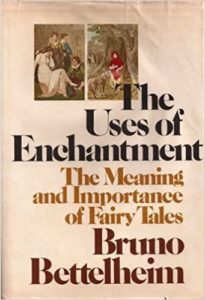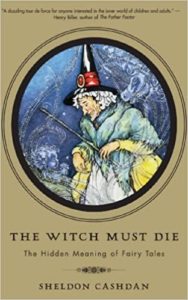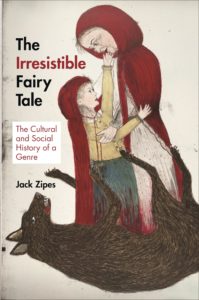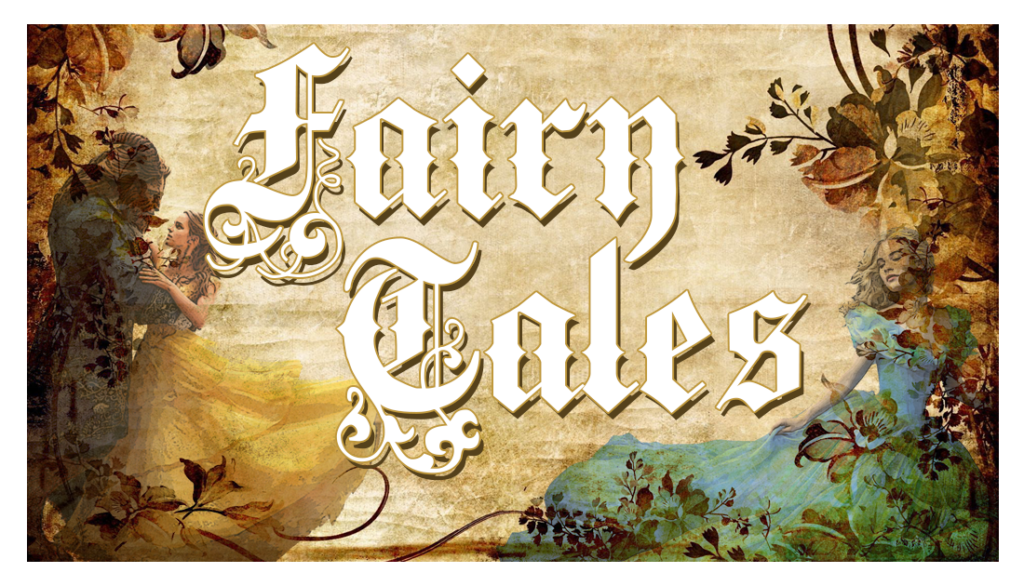|
From Live Science, The Science of Fairy Tales is a reader-friendly look at the science of Rapunzel, The Little Mermaid, and 1001 Arabian Nights. Could the prince have climbed a rope of Rapunzel’s hair? How would a scientist silence a mermaid? And can a carpet fly? |
|
Physics and fairytales? See The Faulty Thermodynamics of Children’s Stories for a scientist’s take on the temperature of the Three Bears’ bowls of porridge and Spinning Gold for a physicist’s suggestions on just how a science-minded Rumpelstiltskin might have done it. |
|
The Chemical Wizardry of J.K. Rowling from the Journal of Chemical Educationis a detailed look at the chemistry behind such fairy-tale features as colored fires, magical inks, and transformations. |
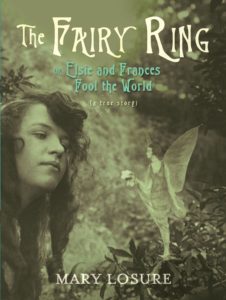
|
Mary Losure’s The Fairy Ring, Or Elsie and Frances Fool the World (Candlewick, 2012), which takes place in England during World War I, is the (true) story of the Cottingley Fairy Photos, devised by two young girls who used photography to fool (among many others) Harry Houdini and Sir Arthur Conan Doyle, the creator of Sherlock Holmes. For ages 10 and up. |
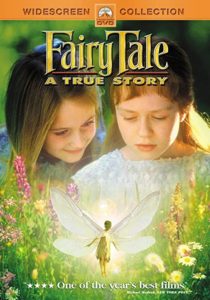 |
FairyTale: A True Story (1997) is a film version of the story of the Cottingley fairies, with Harvey Keitel as Houdini and Peter O’Toole as Sir Arthur Conan Doyle. Rated PG. |
|
Discover the science behind fairy rings – it has to do with the way mushrooms grow. |


